Jon's Guide for Going to Japan - Part 3: Getting Around Japan
If you're traveling to Japan, these tips will help you be aware of certain customs, and also help you get around the country.
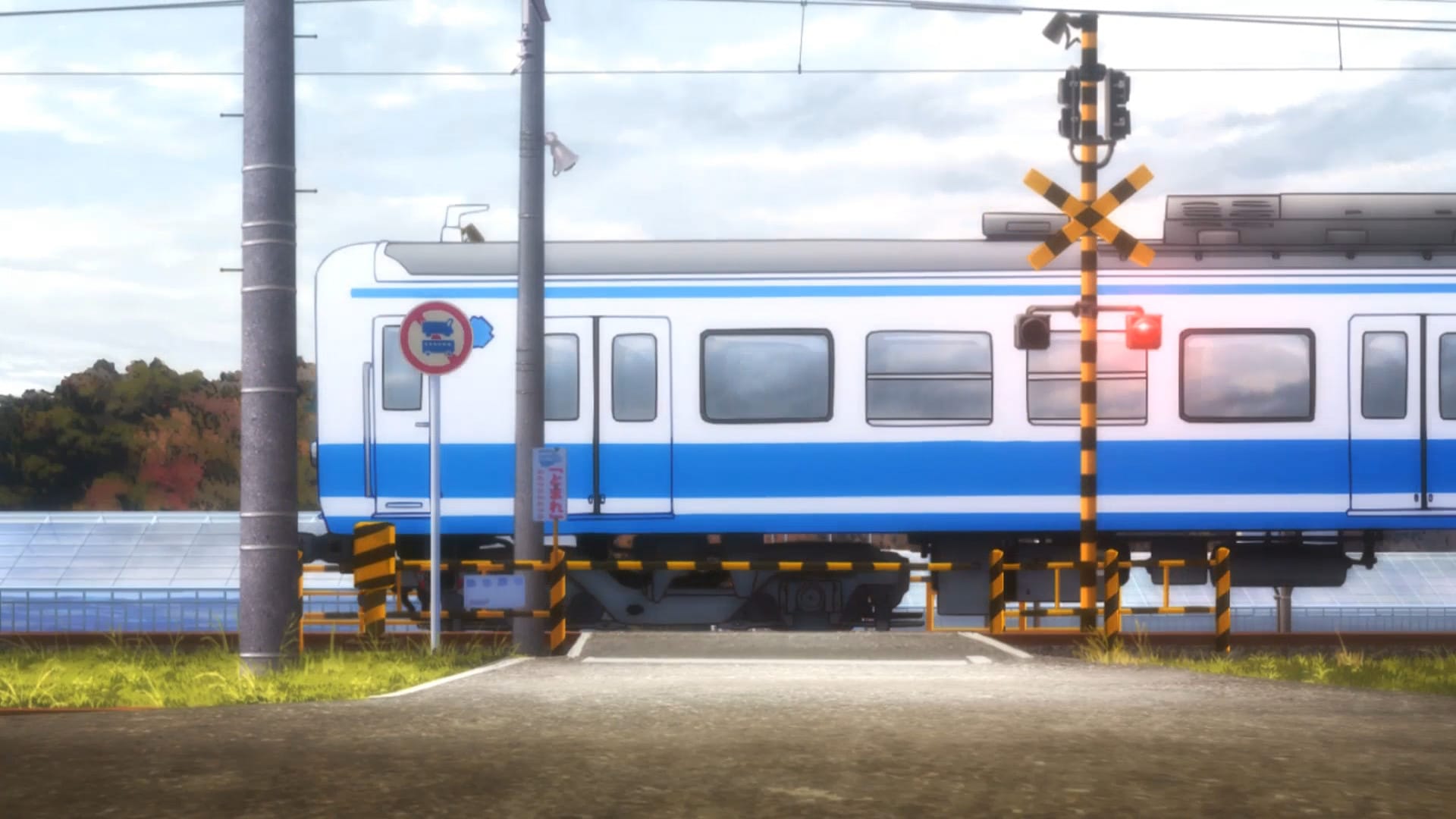
Just like any foreign country, it's important to be familiar with some of the culture and customs so you don't accidentally embarrass yourself or annoy anyone. In this post, I'll also discuss various ways to get around the country.
This is Part 3 of a multi-part series about traveling to Japan. Here are the other parts:
- Part 1: Planning Your Trip
- Part 2: Your Flight
- Part 4: Tokyo Tourism
- Part 5: Outside Tokyo
- Part 6: About Eventing, and Your Trip Back Home
Customs & Things To Be Aware Of
The following are some general unwritten rules you should be aware of while in Japan. You don't want to end up in a viral video or news report for disrespecting the culture, as many tourists seem to have done lately. This is not only important because it's common decency, but you also don't want to potentially ruin things for other tourists. For example, some restaurants and other places of businesses in Japan will not allow foreigners inside. Other spots, like the alleyways of Gion, are now off limits to tourists due to some people being a nuisance.
Here are a few things to keep in mind while exploring Japan...
Don't eat or drink while walking

This is considered rude and unsanitary. If you want to eat outside, find a place to sit down, or eat while standing and not moving. If you drop any food, clean it up. The streets in Japan (even in Tokyo) are very clean; keep them that way.
Don't blow your nose or spit in public
This applies pretty much everywhere, but it's especially important in Japan. If you must, try to be discreet about it. Find a secluded area or a bathroom. Carry tissues in case you need to spit - don't spit on the ground. You don't want anyone thinking you're sick, especially with some people still on edge since the pandemic. If you need to buy tissues, drug stores and conbinis should have them in stock - the word "tissue" is the same in Japanese, so just ask.
There are no public trash bins

Well, there are some, but they are few and far between. Conbinis and vending machines may have receptacles, but you are generally expected to take your trash with you until you get back to your hotel. Bring a backpack everywhere you go and put your trash in there until you get back.
Don't record without permission
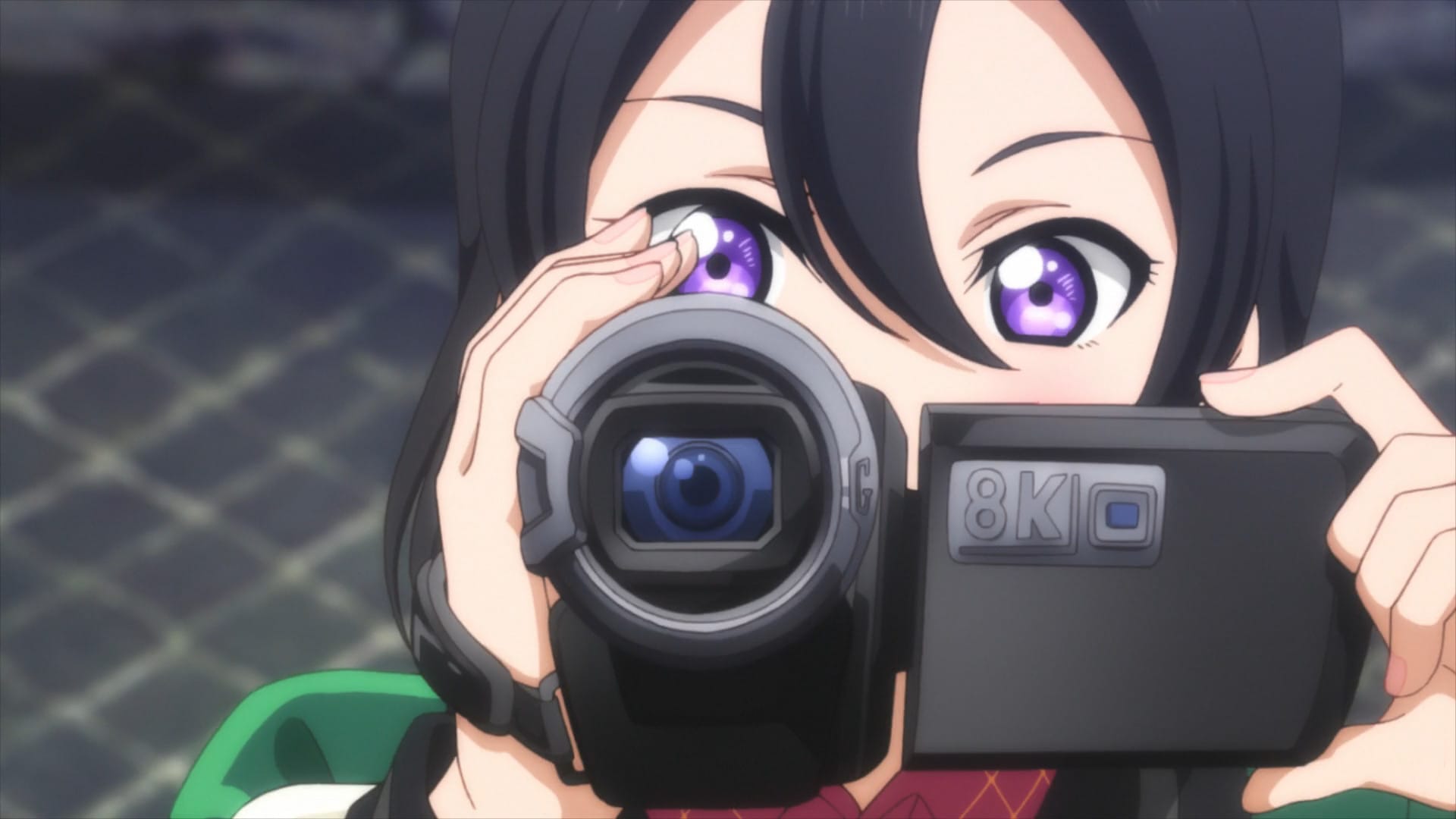
People in Japan generally don't like being recorded, especially in the more rural areas. Don't record anyone without permission. You can take photos, but check for "no photos" signs first. Many stores will not allow photography of their merchandise, and if you're in a museum or art display, photos might also not be allowed. If you aren't sure, ask staff by saying simply "Sumimasen, photo?" or if you want to flex a bit you can say "Sumimasen, shashin wa ii desu ka?" ("Excuse me, are photos okay?").
Carry your passport at all times

Your passport is your form of ID while abroad. It will be used to verify any reservations you made, among other things. If you get stopped by the keisatsu (police) for any reason, you will want your passport.
Don't tip at restaurants (or anywhere, really)
Workers are paid adequately and do not expect tips. Giving someone a tip may even insult them, so just don't do it. In lieu of tips, some restaurants have a cover charge, which usually includes a small appetizer.
Don't be loud, especially on trains

Try not to make a scene anywhere and don't disturb the peace. Trains are especially quiet, so don't even think about blasting music or talking any louder than a whisper.
If you miss the train, wait for the next one
Trains will not wait for you. Do not hold the doors open. The door will not stop closing if you try to hold it open.
In Tokyo, chances are the next train is not far behind, so just wait a few minutes and get on the next. In other areas you'll need to wait longer, so maybe consider taking a cab or Uber.
If you're male, avoid "women-only" cars when it's busy
This doesn't apply when it's not busy, but when it is, go to another car. Women-only cars are labeled in English.
Control your spending - yen is not "play money"

It might be easy to think of yen as "not real money" (especially when the exchange rate is so great compared to the US dollar), but don't fall into this trap. You still have a life to live when you get back home.
Don't Fall for Scams
Crime might be very low in Japan, but that doesn't mean people won't try to scam you. If someone on the street leads you into a shady bar you might be shocked when you find out the bill is much higher than you were anticipating.
I'll defer to Chris Broad again for a more detailed explanation on this.
Getting Around Japan
You'll find that getting around Japan, especially within Tokyo, is actually very easy and efficient thanks to the amazing rail system. Even then, the rails won't get you everywhere, so here's everything you need to know.
Rail System and Subway
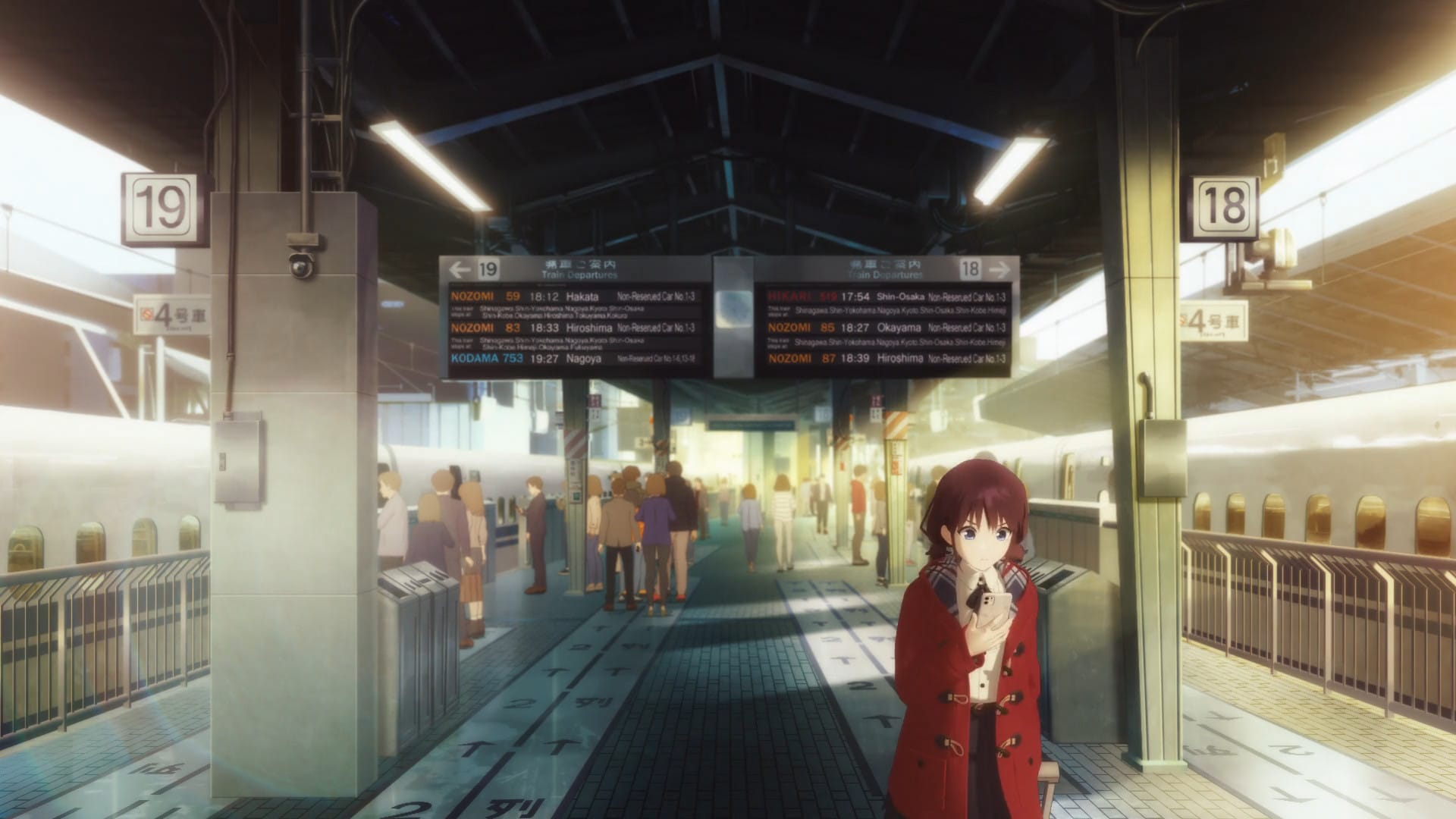
Google Maps is your best friend here. If you're taking the train system, the app will tell you exactly what platform to get on and when. It will even calculate the fare for you.
The subway and rail system is a very efficient way to get around Tokyo and much of Japan. To board a train, you will need a Suica card. You can add money to the card using the machines at the station (they have an English UI option). Then you just tap the card at the gate and board the train. You will need to tap your card again when you get off, as you are charged based on distance traveled. If you don't have enough money on your card, there will be a machine where you can add more - another reason why it's important to always carry cash when in Japan.
In Tokyo, trains stop running around 11pm-12am and don't resume service until around 5am. If you miss the last train, you'll need to take an expensive cab, so plan accordingly.
Outside of Tokyo, the rail system is still good, but not as efficient. Trains don't come by as often, so it might make more sense to take a cab (cabs are much cheaper outside Tokyo) or simply walk to your destination.
Taxi Cabs
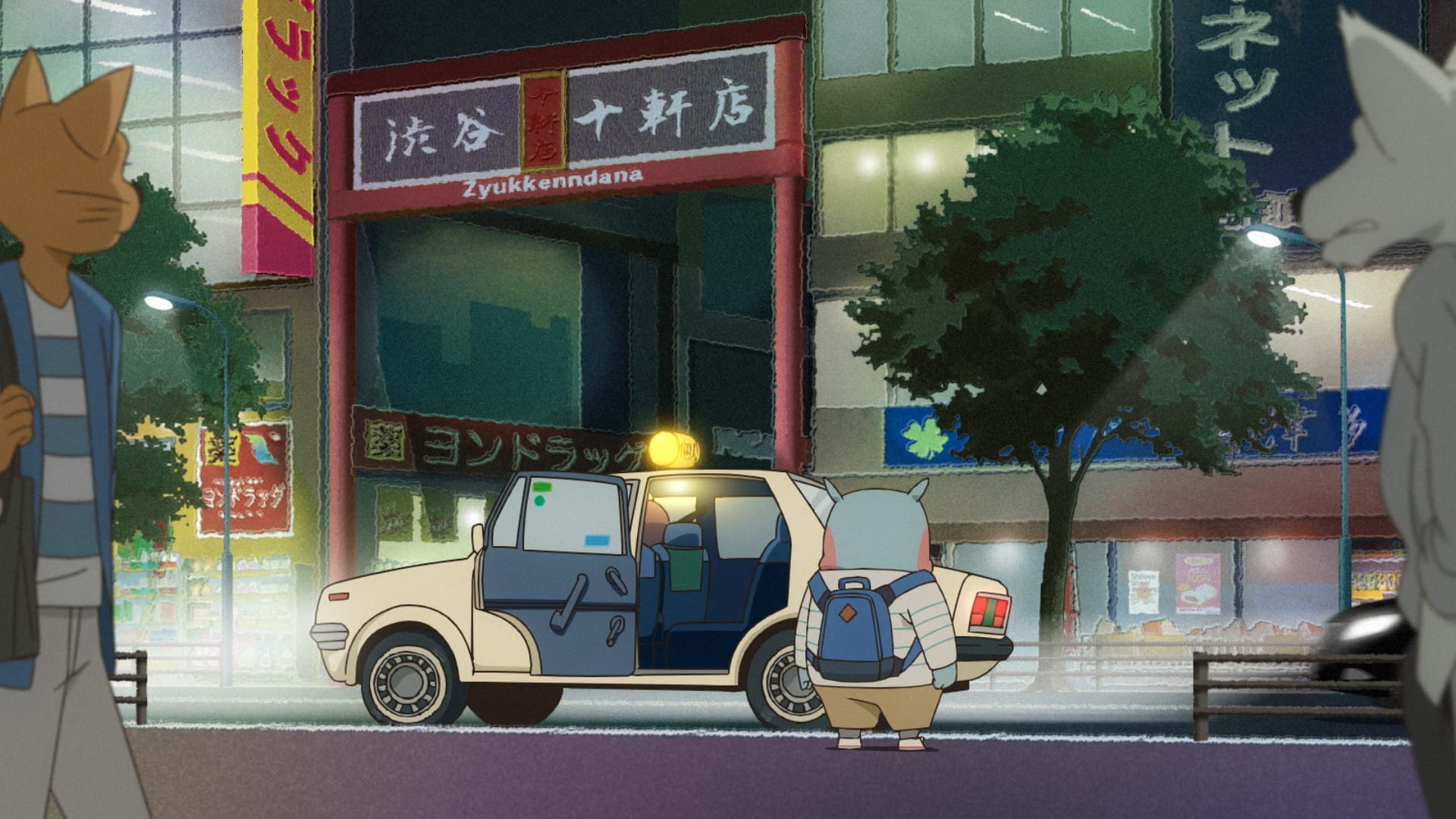
As mentioned many times already, cabs in Tokyo are very expensive. Outside of Tokyo, they're not as bad, and are a decent option for getting around. Uber is also available in Japan if you prefer that.
You may face a language barrier with your driver, but just take out Google Maps and point to your destination and you should be fine.
Shinkansen
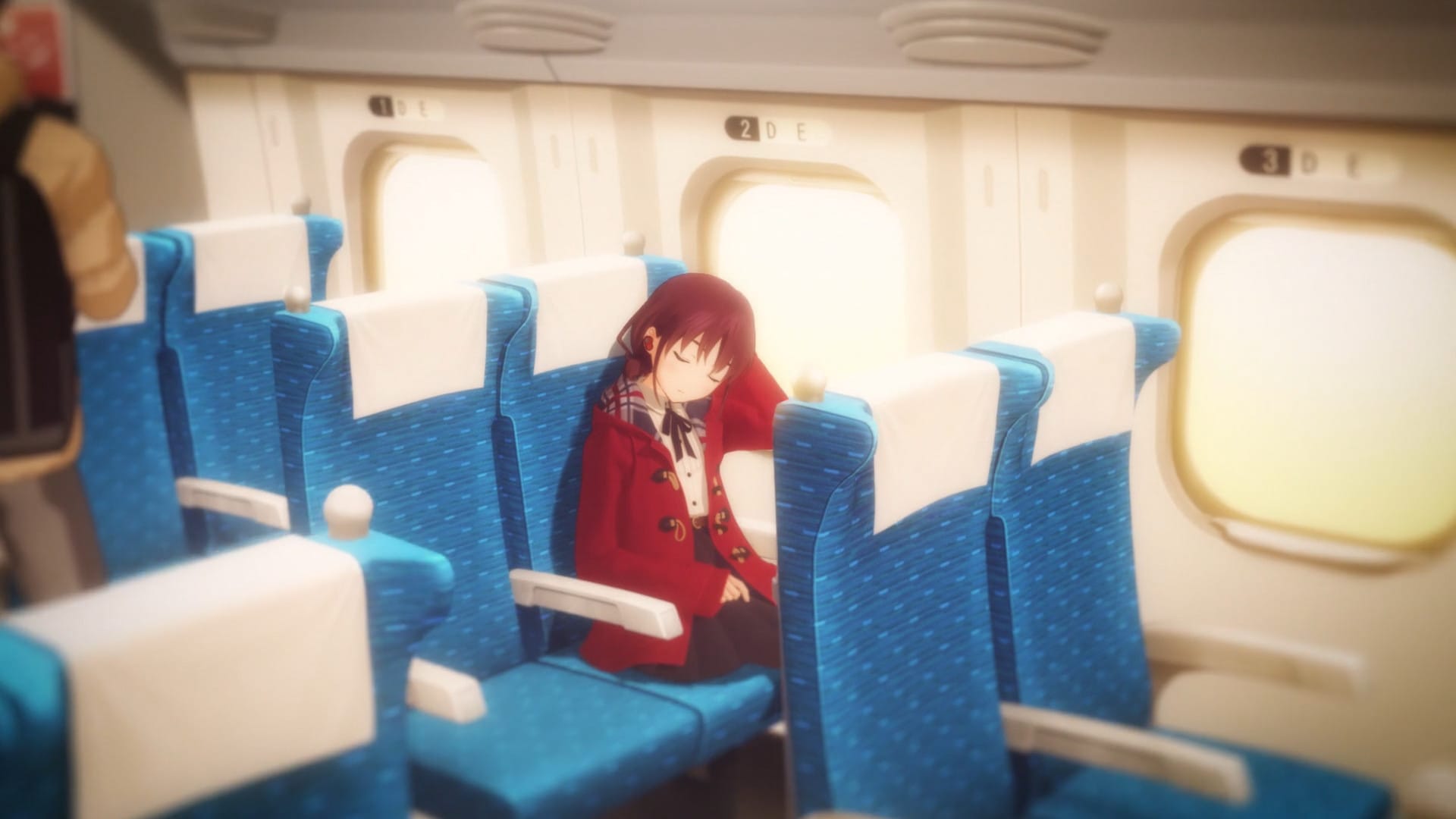
The Shinkansen is the bullet train, and is the fastest way to get around on land. These trains are much more expensive, however, so only use them when you need to. Before boarding the Shinkansen, you need to get tickets using a kiosk at the station. If you want to reserve a seat (and you should), you will get two tickets: one to board the train, and one for your seat reservation. If you don't reserve a seat, you will need to sit in a non-reserved car. Save yourself the hassle and reserve a seat 1-2 days in advance, if you can.
If you're using the JR Pass (covered in Part 1), you will get a special ticket with which you can use to reserve seats and board Shinkansen trains and most other JR trains. Do not lose this ticket.
Domestic Flights

If you're traveling somewhere far from Tokyo such as Fukuoka, Okinawa, or Hokkaido, then you might consider booking a domestic flight there. I don't have any personal experience with this, but I've heard it's no different from booking a regular flight. Use Google Flights and see what's available, or check United since they're an ANA partner. Comment below if you have any other tips on this!
Rent A Car

This will of course be the most expensive option, and you will need an international driver's license, but if you want full freedom, renting a car is the way to go.
I've heard that getting an international driver's license is not too hard at all. For US citizens, you simply need to fill out a form, take some photos, and pay a small fee. But perhaps the biggest challenge here will be getting used to driving on the left side of the road! Good luck!
Once you've secured your license, make a reservation and enjoy the roads. Consider a drive up Mount Fuji, or through the countryside.
Luggage Transport

If you are staying at multiple hotels during your trip, you should consider having your luggage transported. Ask about it at the front desk of your hotel. Note that it will usually take 2 days for your luggage to show up at the next hotel, so pack an overnight bag for that first night.

Next up, check out Part 4 which goes over a bunch of great places in Tokyo for you to spend your trip at.
